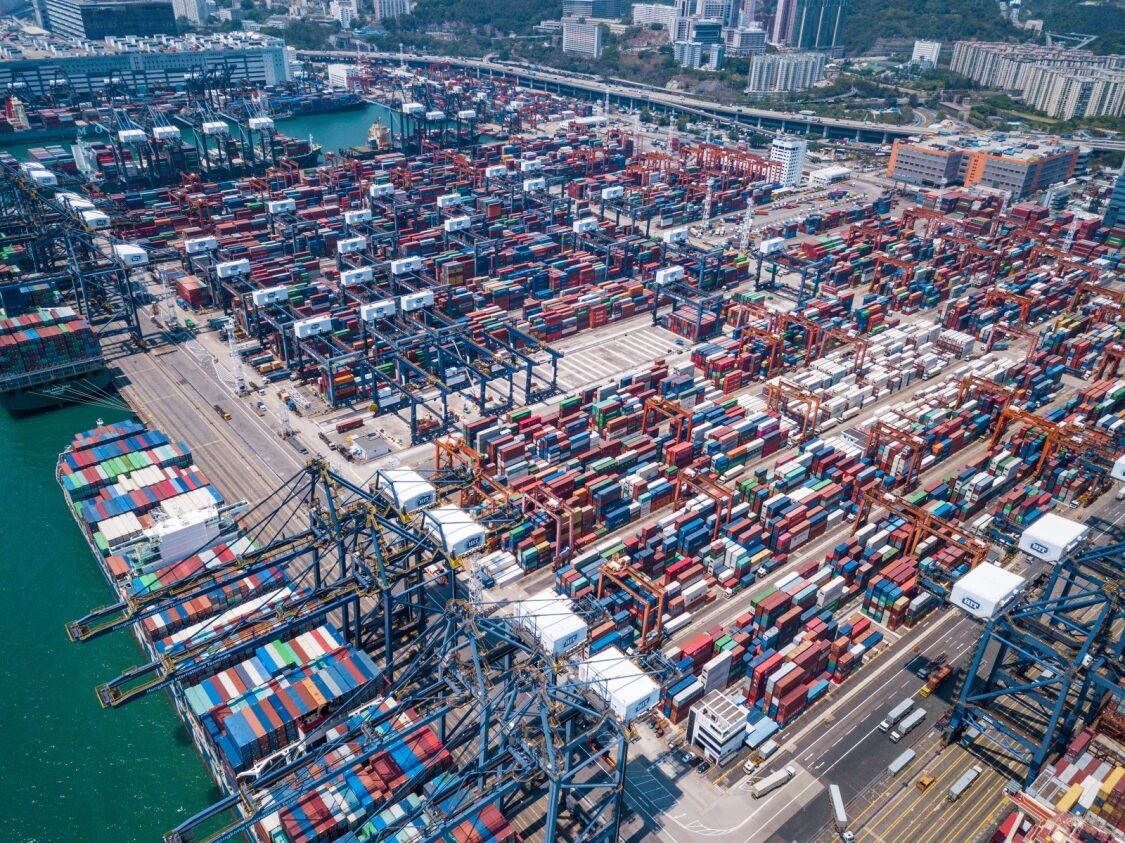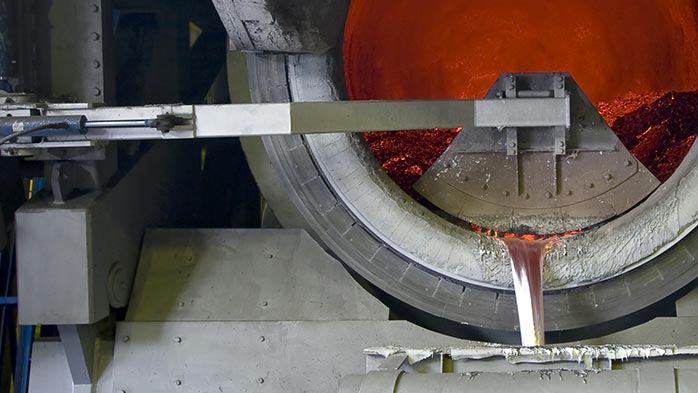Export Growth

September 24, 2025
Macro-economic overview: The latest from the OECD
Written by Greg Wittbecker
For us graduates of the “dismal science” (economics), the periodic updates from the International Monetary Fund (IMF) and the Organization for Economic Cooperation and Development (OECD) are useful, high-level guides to what the academic community thinks about the global economy.
We can then compare those forecasts to what we all see in the trenches.
The OECD released its interim report on Sept. 23 entitled “Finding the Right Balance in Uncertain Times.” Broadly speaking, the OECD is more positive on growth than what one might have thought.
The OECD report tells us:
- Global growth in the first half of 2025 was better than expected. Trade was better because of front-end loading to beat the U.S. pending tariffs. Heavy investment in AI was also cited as a contributing factor to U.S. growth, while China’s fiscal support compensated for continued weakness in property markets and the trade tumult.
- The U.S. effective tariff rate has reached 19.5%, its highest level since 1933.
- The effects of these tariffs have yet to be fully felt but are beginning to influence consumer prices and buying choices.
- Labor markets are beginning to weaken with rising unemployment rates and falling job openings cited.
- Global GDP growth is expected to decline from 3.3% in 2024 to 3.2% in 2025, further decelerating to 2.9% in 2026. Their forecast for 2025 is 0.3% higher than their June report.
- Euro-zone growth is forecast to rise from 0.8% in 2024 to 1.2 % in 2025 and then decelerate to 1.0% in 2026. The forecast is 0.2% higher than June.
- China growth declines from 5% in 2024 to 4.9% this year, with a sharper deceleration to 4.4% growth in 2026. Their 2025 forecast is 0.2% higher than June.
Trade flows skewed by preemptive action against tariffs
The OECD reports global merchandise trade spiked in the first half of 2025. This was highlighted by massive growth on U.S. imports during Q1’25 as retailers rushed to beat anticipated tariffs. OECD data showed January year-on-year growth of +25%; February growth of +18%; March growth of +32%. However, April through June slowed sharply with net growth between 2%-3%.
While the tariff situation with Japan, South Korea and Vietnam may be resolved, China’s final status remains unsettled. We have another deadline Nov. 10.
The cynics will say the Trump administration has delated action on China to avoid impacting the Christmas retail market. Pragmatists will say the thorny issues of our dependency on China for rare earths, electronics and commodity pharmaceuticals has a lot to do with the caution being exercised.
However, even before we resolve the tariffs, we have the looming Oct. 14 port fees coming into effect. This could reduce shipping capacity into the U.S. and raise freight costs for goods coming from China. That may further cut imports and deaden U.S. growth prospects
Monetary policy to the rescue?
It should not come as a surprise that the OECD expects central bank monetary policy to loosen as growth slows. We have the firsthand example in the U.S. with the Fed cutting rates for the first time in 2025. The Trump administration continues to pressure for the Fed to cut rates even more aggressively.
Why This Matters
- Slowing growth and higher unemployment usually produces fiscal intervention. That could result in a mixed bag of consequences for the aluminum market:
- A lowering of interest rates would be accompanied by a weaker U.S. dollar.
- A weaker U.S. dollar would be good for exports and bad for imports as the purchasing power of the dollar for U.S. buyers would be less, while foreign buyers’ purchasing power would rise. That would produce a more favorable balance for the U.S.
- Weakness in the U.S. dollar is normally bullish on U.S. dollar denominated commodities like aluminum. This could push aluminum prices higher even if U.S. economic growth sputters due to the tariffs and before the positive effects of lower interest rates kick in.
- Lower interest rates would be a positive influence on higher-priced durable goods such as automobiles, white goods, housing and industrial machinery, spurring both consumer buying and manufacturing investment.
The big questions remaining are:
- When do tariff structures start to really dig into consumer confidence and spending?
- What will be the final resolution of the China tariff structure, which will have huge impact on 2026 trade?
- When will our USMCA partners Canada and Mexico find out where they stand? This is particularly critical for Mexico given its massive trade with the U.S. For Canada, it is important to see if the aluminum sector is cut a break on the 50% Section 232 tariff. That will hinge on the bigger picture of what Trump wants from Canada on the totality of critical minerals, defense issues around the Arctic Ocean and perhaps the trade in electricity in the U.S. Northeast.
Stay tuned for more insights into these specific issues, as well as the forthcoming IMF World Economic Outlook due out in the third week of October. The IMF will likely mirror the OECD macro-economic perspective, but they will have another month to handicap things, and we will need to compare them.








